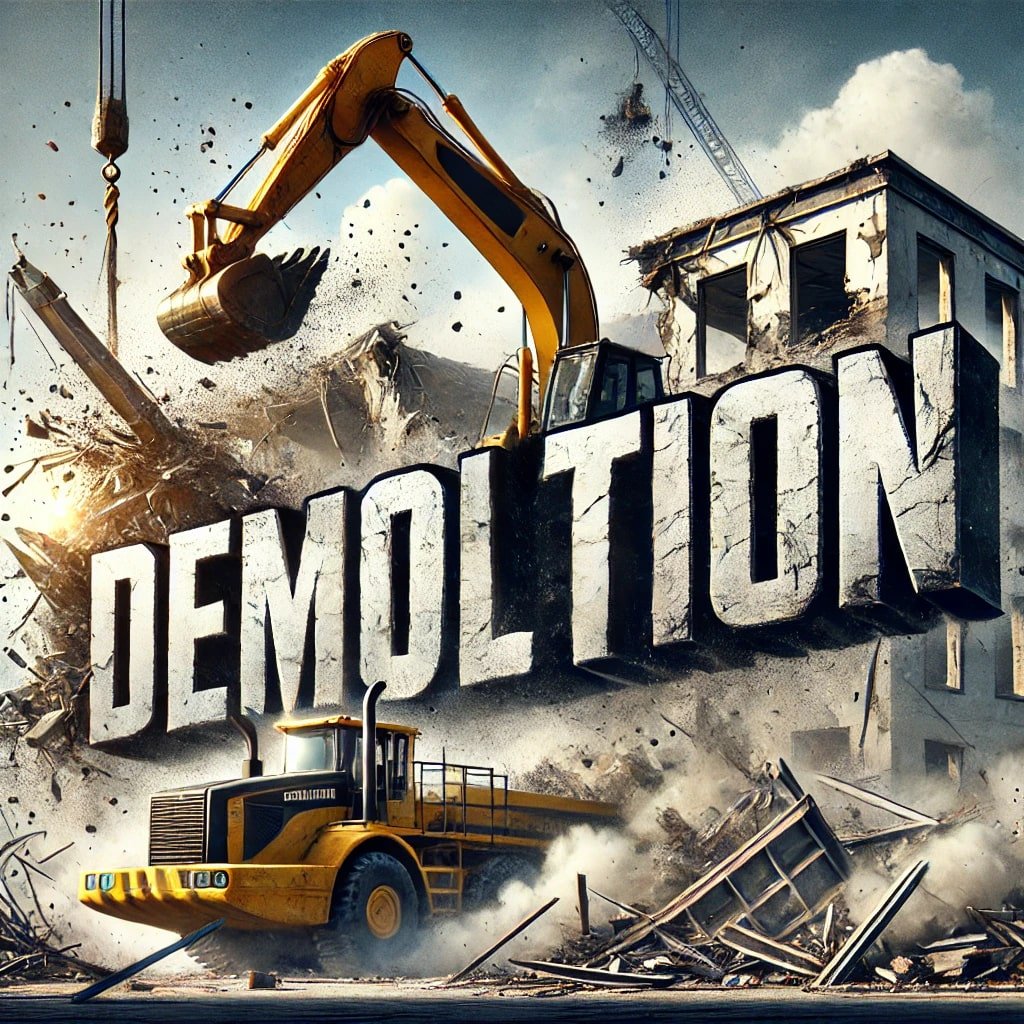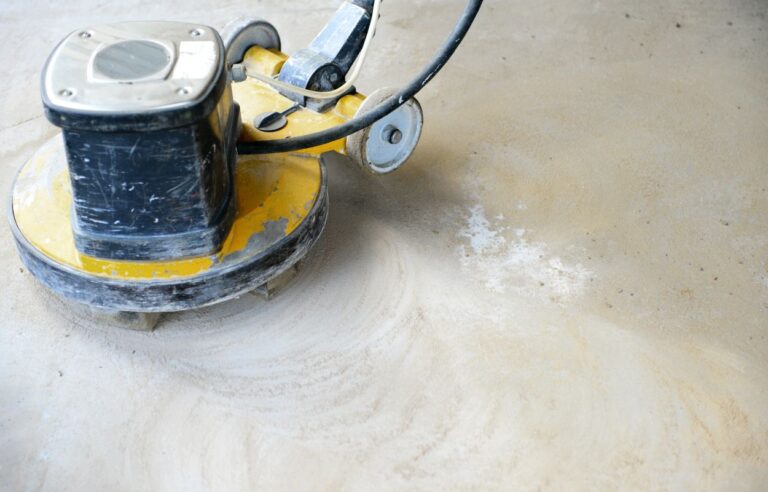The demolition industry in Canada has undergone significant transformations over the decades. What began as a labor-intensive process has evolved into a sophisticated field utilizing advanced machinery and technology. This evolution has been driven by the need for greater efficiency, safety, and environmental sustainability. Let’s take a closer look at the journey from manual labor to the cutting-edge techniques used today in Canadian demolition projects.
Early Days: Manual Labor
Traditional Methods
In the early days of demolition, manual labor was the primary method used to tear down buildings. Workers armed with basic tools such as hammers, crowbars, and chisels painstakingly dismantled structures piece by piece. This process was not only labor-intensive but also time-consuming and often dangerous.
Safety Concerns
The lack of advanced safety equipment and protocols made early demolition projects hazardous. Workers were exposed to various risks, including falling debris, unstable structures, and harmful dust and chemicals. Despite these challenges, manual demolition remained the norm due to the lack of better alternatives.
Mid-20th Century: Introduction of Mechanical Equipment
Wrecking Balls and Bulldozers
The mid-20th century saw the introduction of mechanical equipment like wrecking balls and bulldozers. Wrecking balls, suspended from cranes, were used to swing and crush large sections of buildings, while bulldozers helped clear debris. These machines significantly increased the speed and efficiency of demolition projects.
Enhanced Safety
Mechanical equipment also improved safety by reducing the need for workers to be in close proximity to the structures being demolished. However, the sheer force and lack of precision of wrecking balls often led to uncontrolled collapses and excessive debris, making it less suitable for urban environments.
Late 20th Century: Hydraulic Excavators and Advanced Machinery
Hydraulic Excavators
The introduction of hydraulic excavators in the late 20th century revolutionized the demolition industry. These machines, equipped with various attachments like shears, breakers, and pulverizers, provided greater precision and control. Hydraulic excavators allowed for selective demolition, enabling workers to carefully dismantle specific parts of a structure without causing widespread destruction.
Improved Efficiency and Safety
Hydraulic machinery not only increased efficiency but also enhanced safety. Operators could control the equipment from a safe distance, reducing the risk of injury. Additionally, the precision of hydraulic tools minimized the impact on surrounding structures and the environment.
21st Century: Technological Advancements and Sustainability
Robotics and Automation
The 21st century has brought about significant technological advancements in demolition. Robotics and automation are now playing a crucial role in modern demolition projects. Robotic machines can be programmed to perform complex demolition tasks with high precision, further improving safety and efficiency. These robots are particularly useful in hazardous environments where manual labor is too risky.
Drones and Remote Monitoring
Drones have become invaluable tools for site inspection and monitoring. Equipped with high-resolution cameras and sensors, drones provide detailed aerial views of demolition sites, helping project managers plan and oversee the work more effectively. Drones can also be used to assess structural integrity and identify potential hazards before and during demolition.
Eco-Friendly Practices
Sustainability has become a key focus in the demolition industry. Modern techniques emphasize the recycling and reuse of materials to reduce waste and environmental impact. Deconstruction, a method of carefully dismantling buildings to salvage reusable materials, is gaining popularity. Additionally, the use of electric and hybrid machinery helps reduce emissions and promote eco-friendly practices.
Building Information Modeling (BIM)
Building Information Modeling (BIM) technology allows for the creation of detailed digital representations of buildings. This technology is used in demolition to plan and simulate the process, ensuring precision and minimizing unforeseen challenges. BIM helps in identifying valuable materials that can be salvaged and reused, contributing to sustainability goals.
Conclusion
The evolution of demolition techniques in Canada reflects broader trends in technology, safety, and environmental awareness. From the labor-intensive methods of the past to the advanced machinery and sustainable practices of today, the demolition industry has made significant strides. These advancements not only enhance efficiency and safety but also align with the growing emphasis on sustainability. As technology continues to evolve, the future of demolition in Canada promises to be even more innovative and environmentally conscious.




